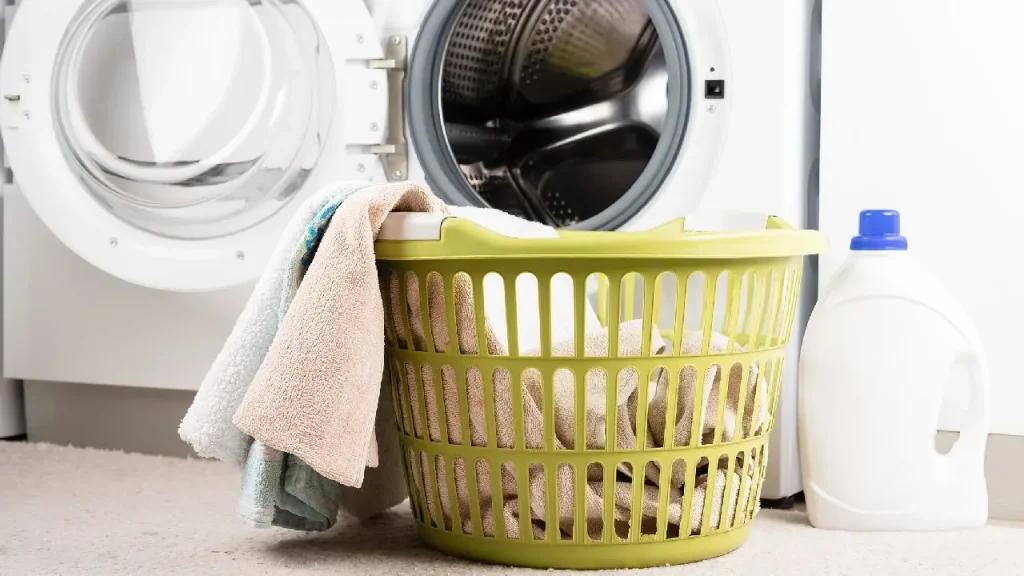On April 18, 1934, the first laundromat, then called a “washateria”, opened in Fort Worth, Texas, marking the beginning of automated laundry services in the United States. The concept of self-service laundry was initially seen as a luxury, but quickly gained popularity with customers due to its convenience. The first washateria consisted of four electric washing machines that were rented out to the public on an hourly basis. Customers would wash their clothes at the facility and then hang them out to dry at home since dryers were not yet available. The name “washateria” was a combination of washing clothes and affordable cafeterias, where many people got their meals.
As the popularity of laundromats grew, more facilities began to open across the country. By the late 1940s, the first unattended, 24-hour laundromats emerged, offering customers the convenience of doing laundry at any time. Most laundromats in the U.S. today are fully automated, coin-operated, and largely unstaffed, with many open 24 hours a day. The U.S. Census Bureau estimated that there were approximately 11,000 laundromats of this style in the country a few years ago, with the industry’s revenue exceeding $6 billion in 2023 according to IbisWorld.
Despite the initial success and growth of the laundromat industry, it has faced challenges in recent years. Rising utility costs have led to some companies exiting the industry, resulting in a decline in the market size of the industry. IbisWorld reported that the laundromat industry in the U.S. experienced an average annual decline of 1.4% between 2018 and 2023. Additionally, laundromats have struggled with increased competition, changing consumer habits, and the emergence of alternative laundry services.
Laundromats have become a staple in communities across the United States, providing a convenient and affordable way for people to do their laundry. The history of laundromats dates back to the Great Depression, when the first washateria opened in Fort Worth, Texas. Over the years, laundromats evolved from simple, coin-operated facilities staffed with attendants to fully automated, self-service establishments that operate 24 hours a day. Despite facing challenges in recent years, laundromats continue to be an essential service for many Americans.
The evolution of laundromats reflects changes in consumer habits, technological advancements, and economic factors that have shaped the industry over the years. While the market size of the laundromat industry has experienced a decline in recent years, the demand for convenient and affordable laundry services remains strong. Laundromats have adapted to meet the needs of modern customers, offering amenities such as free wifi, television, and vending machines to enhance the customer experience. As the industry continues to evolve, laundromats remain an integral part of communities, providing a valuable service to customers who rely on them for their laundry needs.


